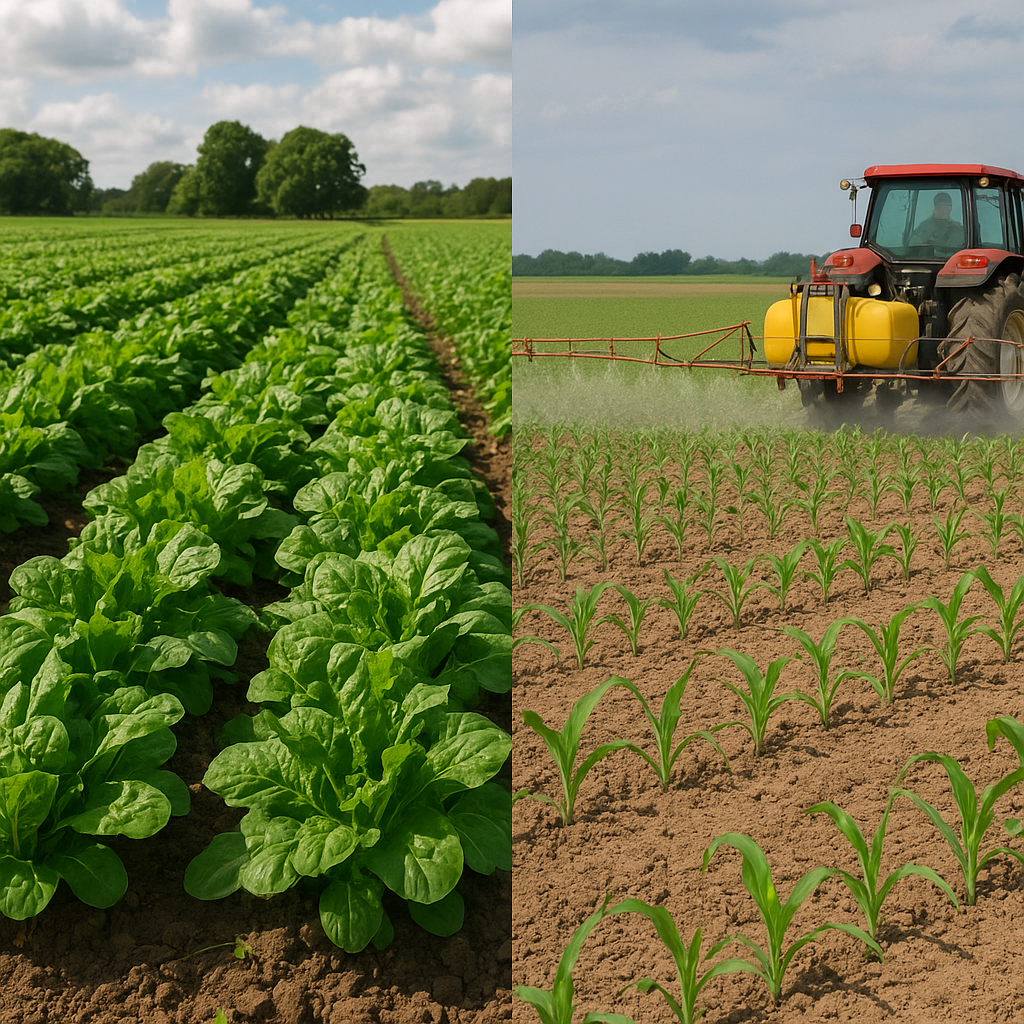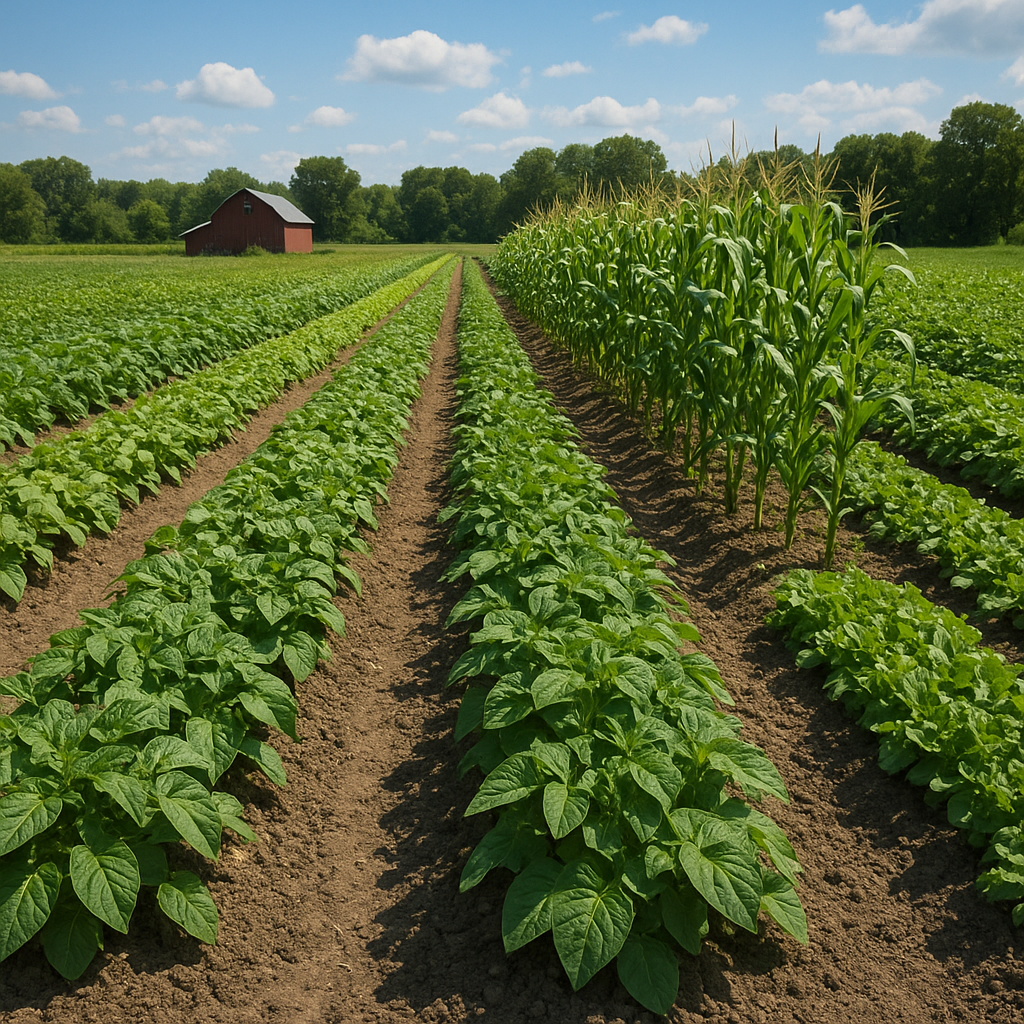Transforming abandoned land into productive farms is a challenge that many agricultural enthusiasts and environmentalists are eager to tackle. With the increasing demand for food and sustainable farming practices, revitalizing neglected areas can contribute significantly to local economies and ecosystems. This article explores the various strategies and techniques that can be employed to convert barren landscapes into thriving agricultural hubs.
Understanding the Challenges of Abandoned Land
Abandoned land often presents a myriad of challenges that must be addressed before it can be transformed into productive farmland. These challenges can range from soil degradation and contamination to the presence of invasive species and lack of infrastructure. Understanding these issues is crucial for developing effective strategies for revitalization.
Soil Quality and Health
One of the primary concerns when dealing with abandoned land is the quality of the soil. Over time, soil can become compacted, eroded, or depleted of essential nutrients. To assess soil health, farmers can conduct soil tests to determine pH levels, nutrient content, and organic matter. Based on the results, various amendments can be applied to improve soil quality.
- Organic Matter Addition: Incorporating compost, manure, or cover crops can enhance soil structure and fertility.
- pH Adjustment: Lime can be added to acidic soils, while sulfur can help lower pH in alkaline soils.
- Soil Aeration: Techniques such as tilling or using aeration tools can alleviate compaction and improve water infiltration.
Contamination Issues
In some cases, abandoned land may be contaminated with hazardous materials, particularly if it was previously used for industrial purposes. Identifying and mitigating these contaminants is essential for ensuring the safety of crops and the health of consumers. Remediation techniques can include:
- Phytoremediation: Using specific plants to absorb or degrade contaminants in the soil.
- Soil Washing: Physically removing contaminated soil and replacing it with clean soil.
- Bioremediation: Introducing microorganisms that can break down pollutants.
Strategies for Revitalization
Once the challenges of abandoned land have been understood and addressed, various strategies can be employed to transform it into productive farms. These strategies can be tailored to the specific conditions of the land and the goals of the farmers.
Permaculture Principles
Permaculture is a holistic approach to farming that emphasizes sustainability and ecological balance. By applying permaculture principles, farmers can create self-sustaining systems that require minimal external inputs. Key elements of permaculture include:
- Diversity: Planting a variety of crops can enhance resilience and reduce pest outbreaks.
- Water Management: Implementing rainwater harvesting and swales can improve water retention and reduce erosion.
- Natural Pest Control: Encouraging beneficial insects and using companion planting can minimize the need for chemical pesticides.
Agroforestry Practices
Integrating trees and shrubs into agricultural landscapes can provide numerous benefits, including improved soil health, increased biodiversity, and enhanced crop yields. Agroforestry practices can be particularly effective on abandoned land, as they help restore ecological balance. Some common agroforestry techniques include:
- Alley Cropping: Planting crops in rows between trees to maximize land use.
- Silvopasture: Combining livestock grazing with tree cultivation to create a diverse ecosystem.
- Forest Farming: Cultivating high-value crops under the canopy of trees.
Community Involvement and Education
Engaging the local community in the revitalization process is crucial for the long-term success of transforming abandoned land into productive farms. Community involvement can take many forms, including:
- Workshops and Training: Providing education on sustainable farming practices can empower local residents to participate in the revitalization efforts.
- Cooperative Farming: Forming cooperatives can help share resources, knowledge, and labor among community members.
- Volunteer Programs: Organizing volunteer days can foster a sense of community and encourage hands-on learning.
Case Studies of Successful Transformations
Numerous examples around the world demonstrate the potential for transforming abandoned land into productive farms. These case studies provide valuable insights into the strategies and practices that have proven successful.
Urban Agriculture Initiatives
In many urban areas, abandoned lots have been converted into community gardens and urban farms. These initiatives not only provide fresh produce to local residents but also promote community engagement and environmental stewardship. For example, the Detroit Black Community Food Security Network has transformed vacant lots into thriving urban farms, addressing food deserts and promoting food sovereignty.
Restoration of Degraded Lands
In regions affected by deforestation or industrial pollution, restoration projects have successfully revitalized abandoned land. The Loess Plateau in China is a prime example, where a combination of reforestation, sustainable farming practices, and community involvement has led to the restoration of degraded landscapes, improved soil health, and increased agricultural productivity.
Conclusion
Transforming abandoned land into productive farms is not only a feasible endeavor but also a necessary one in the face of global food security challenges. By understanding the challenges, employing effective strategies, and engaging the community, it is possible to breathe new life into neglected landscapes. As more individuals and organizations take on this challenge, the potential for sustainable agriculture and revitalized ecosystems will continue to grow, paving the way for a more resilient future.




